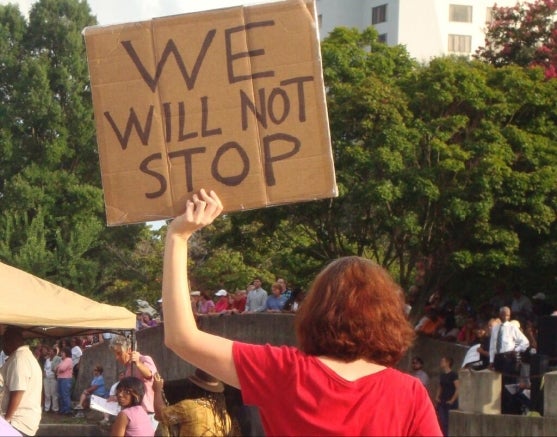Headline News
Workers Need Government Attention Now

The media this week is thick with retrospectives of the “War on Poverty” on the 50th anniversary of President Johnson’s effort to stamp out the U.S. underclass. And while some are quick to call the effort a failure, those reports miss the point and fail to see how the program should be a springboard for government’s next effort – a war FOR the middle class.
A broad slate of initiatives, LBJ’s push for economic fairness succeeded in reducing U.S. poverty, especially among the very poor of this country. Equally important, it has limited the size of the underclass today at a time when economic conditions could have caused a significant increase in the amount of those struggling to support their families. This is especially true when Medicare and Medicaid, technically not part of the effort, are included.
Women, minorities, children and seniors are beneficiaries of the program and have more protections now because of it. Without government programs, the percent of those earning less than half of the nation’s poverty level would have been 19.2 percent in 2012. Instead, it was 5.3 percent.
That said, it is time to move the effort into the 21st century to tackle our challenges now. Although the unemployment rate is falling, we have a shortage of good-paying jobs in this country. What the U.S. needs is greater investment in its people now. As it stands, a significant portion of this country’s poor are actually workers at low-income jobs.
Progress has been halted and has actually slipped in the past few years due to the last recession. The U.S. poverty level is two to three times higher than most European nations. Middle-class jobs have dwindled due to trade deals like NAFTA, making it more difficult for workers to try and make ends meet.
Now is the time for leadership. President Obama, speaking about the War on Poverty, said “we must redouble our efforts to make sure our economy works for every working American. It means helping our businesses create new jobs with stronger wages and benefits, expanding access to education and health care, rebuilding those communities on the outskirts of hope, and constructing new ladders of opportunity for our people to climb.”
One such idea was the White House’s rolling out of “promise zones” this week that bring local communities and businesses together to invest in communities. The first five – in San Antonio, Los Angeles, Philadelphia, southeastern Kentucky and The Choctaw Nation of Oklahoma – are part of 20 such communities that will partake in the program over the next three years. The expectation is that additional federal support, combined with efforts at the local level, will result in more jobs and economic security for depressed neighborhoods.
It’s a start, but more is needed. Congress could help by renewing long-term unemployment benefits and investing in infrastructure. But action needs to replace rhetoric. The American people are counting on elected officials to get it done.